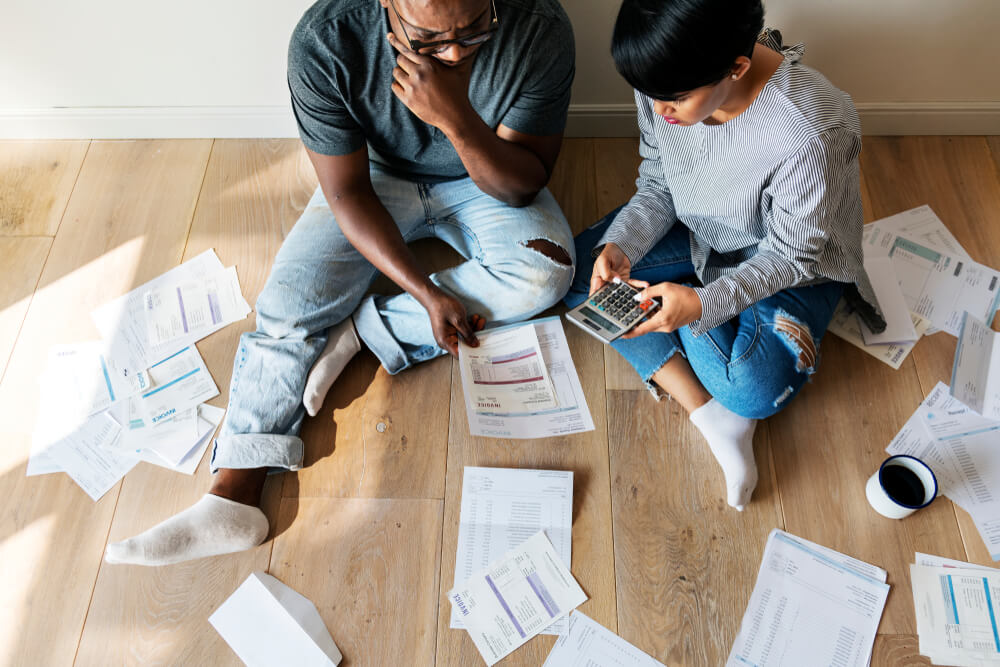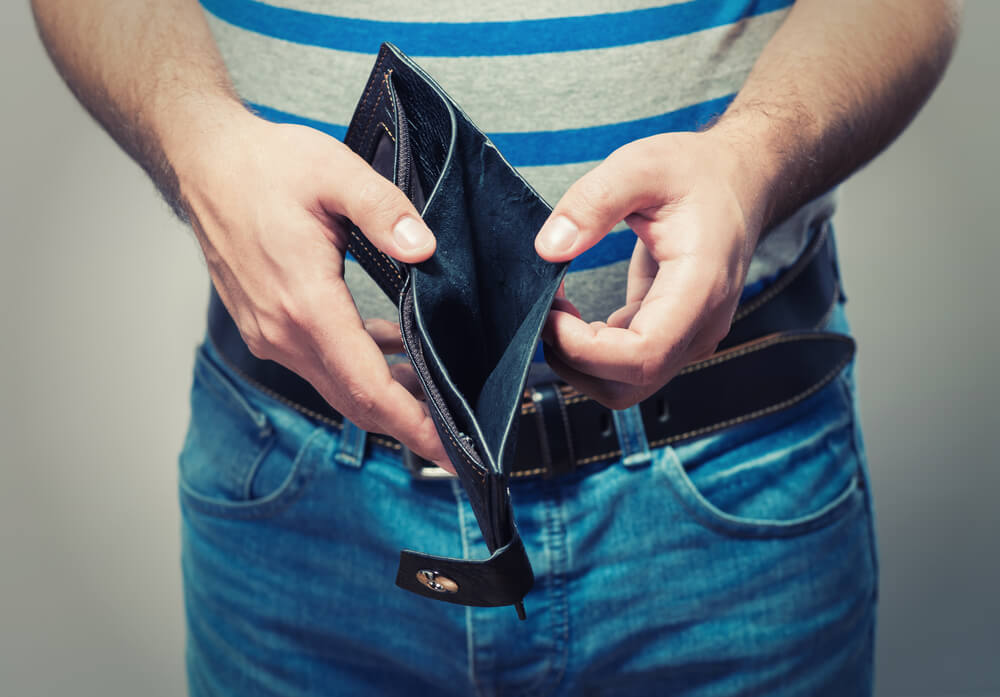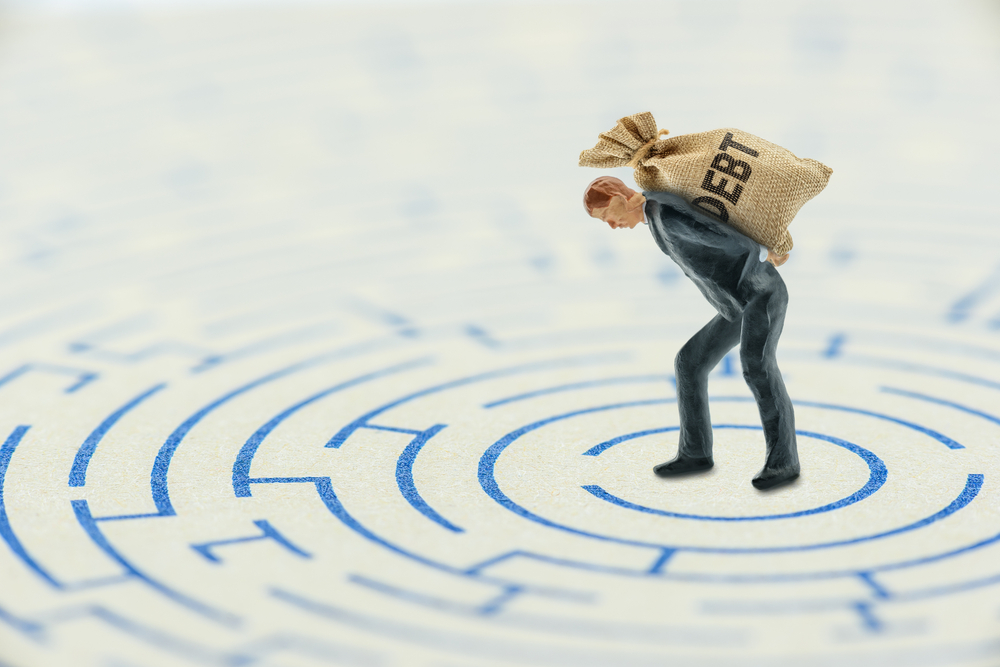
Facing financial difficulties can be a stressful and isolating experience. But if you’re struggling to manage your debt, you’re not alone. A consumer proposal offers a structured legal process to regain control over your finances. Let’s dive into what a consumer proposal is, who is eligible, and how it can provide you with the debt relief you need.
Key Points
- Understanding consumer proposals
- Eligibility for filing a consumer proposal
- Types of debt covered
- Impact on credit rating
- What’s involved in the consumer proposal process?
- Are there alternatives to a consumer proposal?
Understanding consumer proposals
Secured debt is a loan where the borrower provides an asset as collateral to the lender. This means if the borrower is unable to pay back the loan, the lender has the right to take possession of the collateral to recover the loan amount. This collateral is usually something valuable, ensuring that the lender can get their money back if things don’t go as planned.
Eligibility for filing a consumer proposal
There are a few factors that play into whether you’re eligible for a consumer proposal:
Individuals vs. corporations
Consumer proposals are designed for individuals, not corporations. This means personal debts can be addressed through this debt relief solution, offering a pathway out of financial difficulties.
Debt ceiling
Your total debt, excluding the mortgage on your principal residence, must not exceed $250,000. This cap ensures the process remains accessible to those with a manageable debt load, providing a clear debt solution for many Canadians.
Insolvency
To be eligible, you must be insolvent, unable to meet your debt obligations as they come due, or your debts exceed the value of your assets. We understand that these financial difficulties can feel incredibly overwhelming, but with our help, you can find your way back to financial independence.
Guidance from a Licensed Insolvency Trustee
Filing must be done through a Licensed Insolvency Trustee (LIT). This ensures the legal process is followed correctly and offers you protection from debt collectors, collection calls, and wage garnishment.
Types of debt covered
Consumer proposals can address a variety of unsecured debts, including credit card debt, lines of credit, personal loans, and certain student loans. This makes it a versatile debt relief solution for those overwhelmed by their debt load.
Impact on credit rating
Entering into a consumer proposal will affect your credit score, but it is often seen as a more favourable option than bankruptcy. It will typically result in an R7 rating for 6 years from the date the proposal is filed or three years from the day the proposal is complete, whichever comes first. Your credit report will note the proposal, but it allows you to start rebuilding your financial future sooner.
What’s involved in the consumer proposal process?
Navigating through a consumer proposal involves several key steps, each designed to move you closer to financial relief and stability.
- Consultation with a Licensed Insolvency Trustee (LIT): We’ll assess your financial situation to determine if a consumer proposal is the right debt solution for you. This involves reviewing your debts, income, and assets to create a plan that fits your unique circumstances.
- Preparing Your Proposal: Your dedicated LIT will help you prepare an offer to your unsecured creditors, proposing to pay back a portion of your outstanding debts over a period of up to five years. This proposal will detail the monthly payments you can afford, aiming to reduce your debt load to a manageable level.
- Filing Your Proposal: Once your proposal is prepared, your LIT will file it with the Office of the Superintendent of Bankruptcy. Upon filing, immediate protection from your creditors takes effect, halting collection calls, wage garnishment, and any other legal action against you.
- Creditor Voting: Your creditors will have 45 days to accept or reject your proposal. Approval requires a majority of votes from the unsecured creditors who choose to vote. Your LIT will negotiate on your behalf to secure their agreement.
- Proposal Approval: If the majority of your creditors accept the proposal, it becomes binding on all unsecured creditors, including those who did not vote or voted against the proposal. This step confirms your new payment plan and sets you on a path to debt relief.
- Fulfilling Your Proposal: Over the agreed period of time, you’ll make monthly payments to your LIT, who will distribute these funds to your creditors. No additional interest accumulates during this period, making it easier to reduce your debt load.
- Completion: Once you’ve made all the agreed payments and fulfilled any other conditions of your proposal, you will be officially released from the debts included in your proposal.
Are there alternatives to a consumer proposal?
If you’re not sure a consumer proposal is right for you, there are other debt relief options available. These can include:
Regain financial control with Harris & Partners
At Harris & Partners, we understand the weight of unmanageable debt. A consumer proposal can be a lifeline, offering a structured way out of financial difficulties. With our compassionate, trustworthy, and professional approach, we’re here to guide you through the legal process, protect you from secured creditors and unsecured creditors alike, and help you regain control over your financial situation.
Remember, you’re not alone. Our team has helped thousands of people just like you all across Canada. Reach out today to start your journey towards financial freedom.









